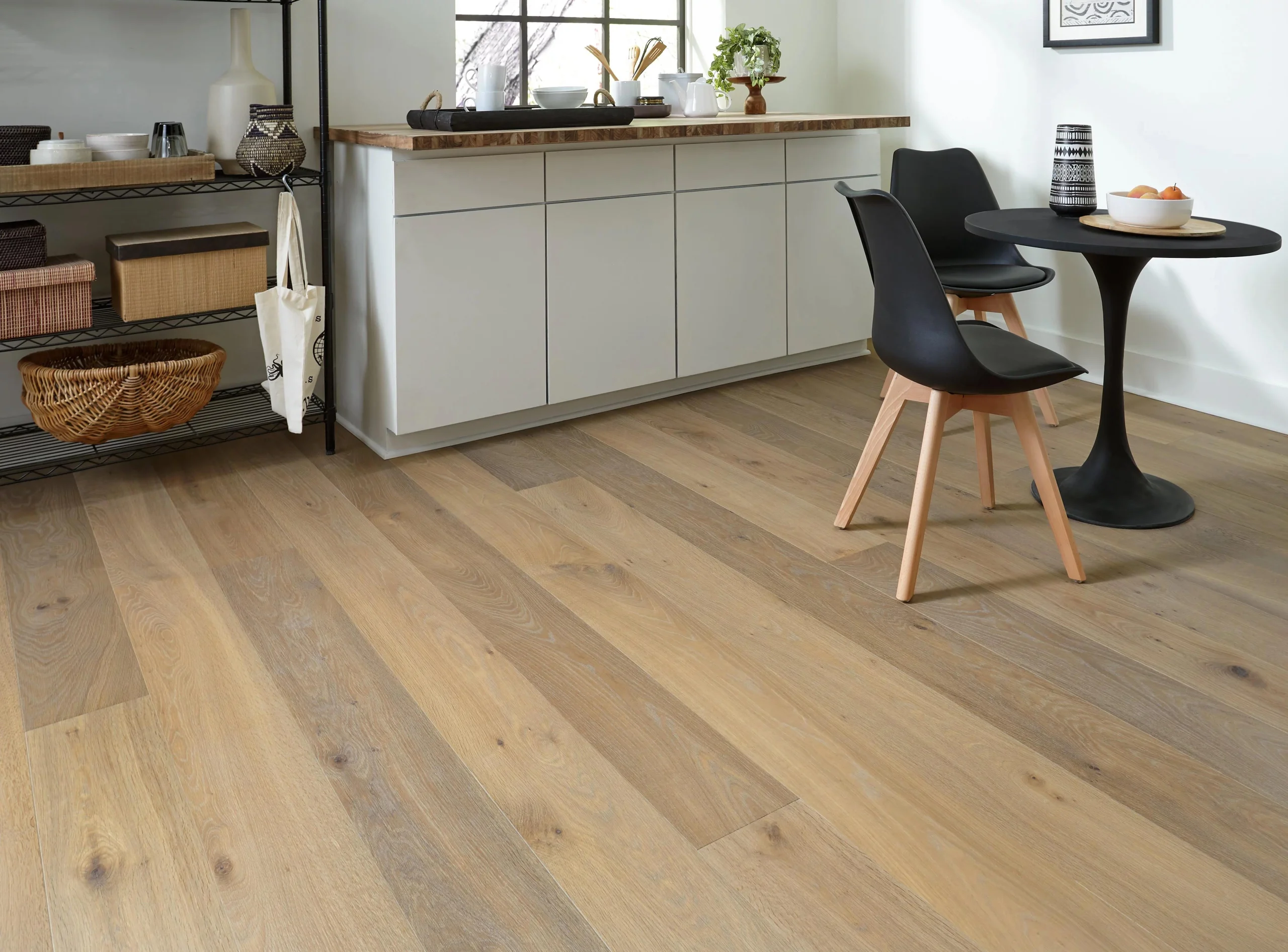When it comes to choosing the right flooring for your home, there are many options to consider. One popular choice is smoked engineered wood flooring, which offers both style and durability. In this article, we will explore what smoked engineered wood flooring is, its benefits, and why it may be a better option than laminate flooring.
What is Smoked Engineered Wood Flooring?
Smoked engineered wood flooring is a type of flooring that is made from layers of wood veneer that are bonded together to create a strong and stable plank. The planks are then treated with a smoking process, which gives them a unique and rich color. This process not only enhances the natural beauty of the wood but also adds depth and character to the flooring.

The Benefits of Smoked Engineered Wood Flooring
One of the main benefits of smoked engineered wood flooring is its durability. The multilayered construction of the planks makes them more stable and less prone to warping or shrinking, which is a common issue with natural wood flooring. This means that smoked engineered wood flooring can be installed in most rooms in your home, including kitchens and basements.
Another advantage of smoked engineered wood flooring is its resistance to moisture. The smoking process not only adds color but also makes the planks more resilient to moisture. This means that you don't have to worry about spills or humidity damaging your flooring. Smoked engineered wood flooring can even be installed below and over radiant heat, making it a versatile option for any room in your home.
In addition to its durability and resistance to moisture, smoked engineered wood flooring is also highly versatile in terms of style. It is available in a wide variety of plank sizes, stains, textures, and surface treatments, including oiled and lacquered finishes. This makes it easy to find a wood floor that matches the style of any room in your home.
Smoked Engineered Wood Flooring vs. Laminate Flooring
While laminate flooring is a popular choice for many homeowners, smoked engineered wood flooring offers several advantages over laminate. Firstly, smoked engineered wood flooring has a longer life expectancy than laminate. With proper maintenance, it can last between 20-100 years, whereas laminate needs to be replaced after 10-20 years.
Secondly, smoked engineered wood flooring is more durable and resistant to moisture than laminate. Laminate flooring can be installed in most rooms in your home, but special care and maintenance are needed in moisture-prone areas such as kitchens. Smoked engineered wood flooring, on the other hand, can be installed in kitchens and basements without worry.

Lastly, smoked engineered wood flooring offers a more natural and authentic look compared to laminate. The smoking process enhances the natural beauty of the wood, giving it depth and character. Laminate flooring, while it can mimic the look of wood, cannot replicate the warmth and richness that smoked engineered wood flooring provides.
If you are looking for a stylish and durable flooring option for your home, smoked engineered wood flooring is an excellent choice. Its unique multilayered construction, resistance to moisture, and versatility in style make it a superior option to laminate flooring. With proper maintenance, smoked engineered wood flooring can last for decades, adding beauty and value to your home. Consider smoked engineered wood flooring for your next flooring project and enjoy the timeless elegance it brings to your space.
If you want to know other articles similar to Stylish & durable smoked engineered wood flooring you can visit the Flooring category.


Related Articles